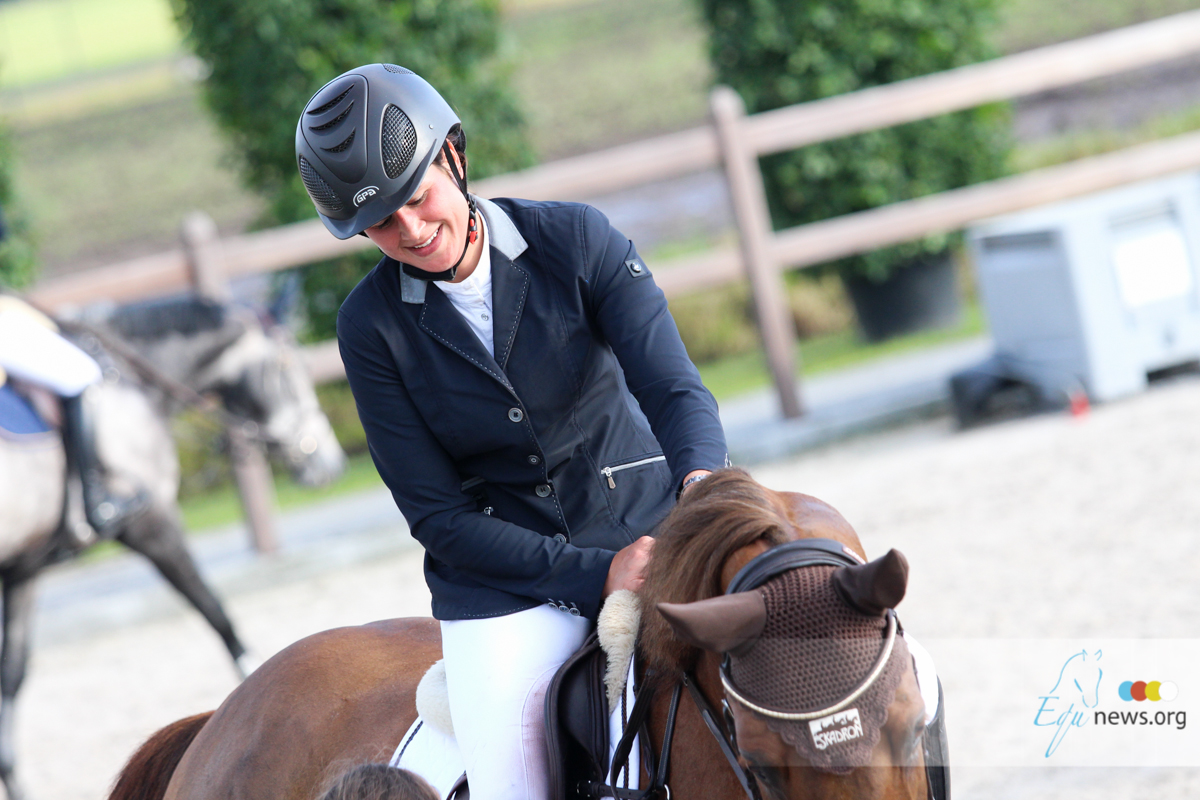Thank you Texas A&M University... The study of Dr. Dennis Sigler has compared horse riding types in an attempt to define the amount of energy expended by the activity. The research was made with 20 individuals. All completing three riding tests: a 45-minute walk-trot-canter ride, a reining pattern and a cutting pattern while wearing a telemetric gas analyzer. Heart rate, respiratory frequency, pulmonary ventilation, oxygen consumption and carbon dioxide production were among several items evaluated. The study revealed energy expenditure and heart rate responses were greater for reining and cutting than for the walk-trot-canter ride. The researchers concluded that the results of the study “provide novel information about exercise intensity values for horseback activities and differences among riding disciplines measured in real time using a portable system.” “We all know riding horses is good exercise,” Sigler said. “Riding a horse for 45 minutes at a walk, trot and canter can burn up to 200 calories. If you do something a bit more strenuous such as cutting or reining, that can come out to nearly seven calories per minute for the entire length of the riding period.” Sigler said riding a horse may be a solution for those who can’t physically endure other activities such as jogging. “Some have joints that just can’t stand a jog, but if they can ride a horse and burn 400 calories a day, that’s significant,” he said. “Horseback riding is also an excellent way to beat childhood obesity. And we haven’t even measured the therapeutic aspect of horseback riding.” The research has been published in the International Journal of Exercise Science.
scientif proof: Horseriding is more than sitting in a saddle
-
categories: Lifestyle



